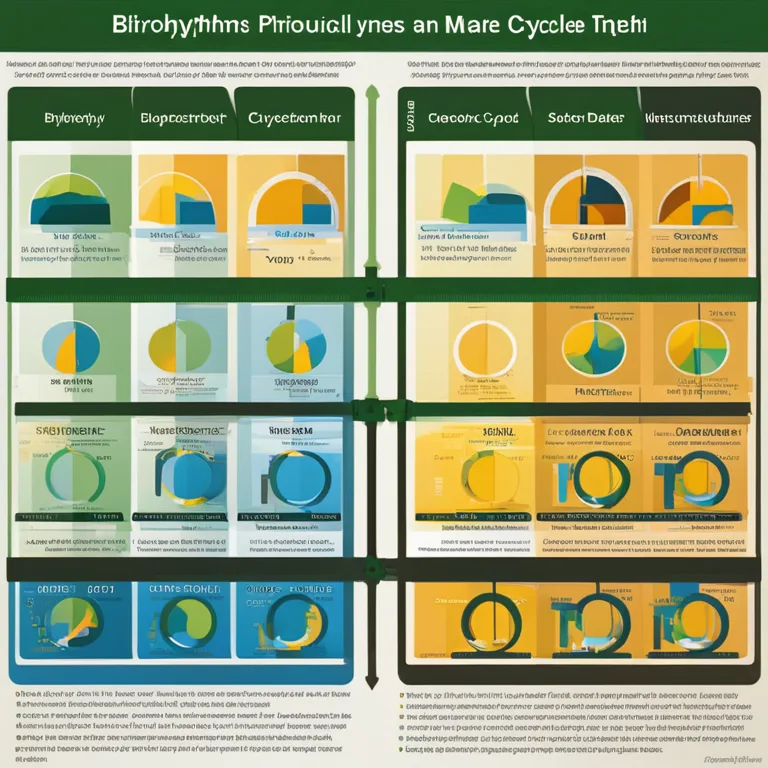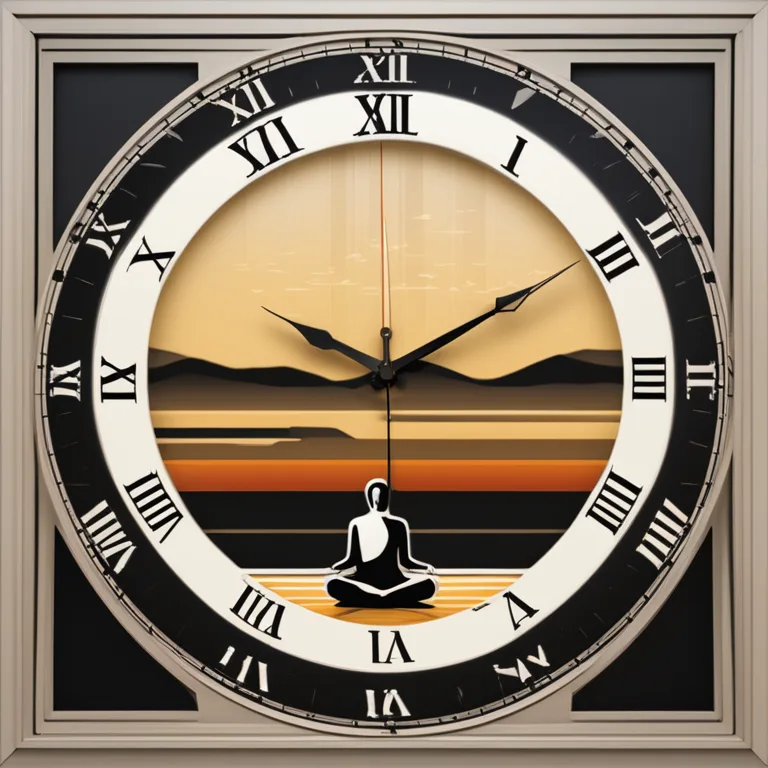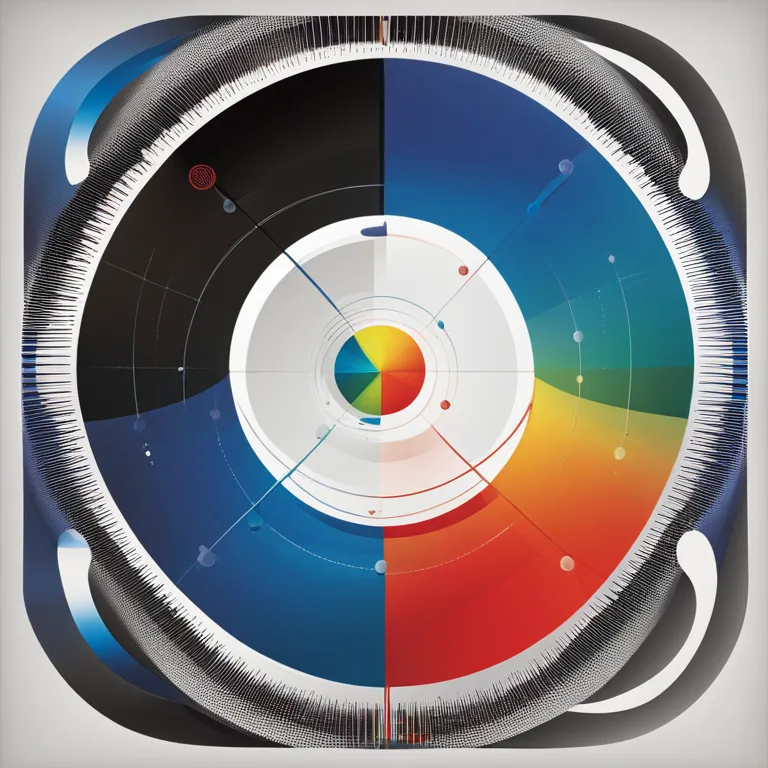
Halting Biorhythmic Cycles: A How-To Guide
Discover effective strategies to pause and reset your biorhythms for improved well-being and harmony in this insightful article.
article by Adrian Wallace
Introduction to Biorhythms
Biorhythms are believed to be innate cycles that govern human physiology, emotion, and intellect. According to proponents of the theory, these cycles can affect our daily performance and mood. While some individuals seek ways to harness their biorhythms for optimal living, others may wish to know if these rhythms can be paused or reset. This article delves into the concept of biorhythms and outlines steps you might take to bring a halt to their perceived impact on your life.

Understanding Biorhythmic Patterns
Before discussing how to stop them, it's essential to grasp what biorhythms entail. They are often divided into three primary cycles: the physical (23 days), emotional (28 days), and intellectual (33 days) cycles. Advocates of biorhythm theory suggest that tracking these cycles can help one anticipate periods of high performance or potential low points. As we advance technologically, apps and software have been developed for tracking these cycles with more precision.

The Debate Around Halting Biorhythms
Can you truly "stop" your biorhythms? The scientific community remains skeptical about the existence and influence of biorhythms. However, for those who believe in and track their biorhythms, the idea of halting them could imply seeking ways to minimize their perceived negative impacts rather than altering physiological functions. Thus, the concept of "stopping" biorhythms might be more about managing and mitigating their influence on your life.

Resetting Your Rhythm
One way to approach 'stopping' biorhythms is by focusing on resetting your internal clock. This can involve adjustments to your sleep schedule, exposure to natural light, and maintaining a consistent daily routine. Mindfulness practices and meditation can also be instrumental in helping you feel more in tune with your body's needs, gradually reducing the influence of biorhythmic patterns.

Lifestyle Changes for Better Equilibrium
Modifying your lifestyle could buffer against unwanted biorhythmic fluctuations. A balanced diet, regular physical exercise, and stress management are fundamental. These actions can boost your overall health and may lead to a sense of equilibrium that diminishes the perceived effect of negative biorhythmic periods.
Embracing a Skeptical Perspective
Considering the skepticism around biorhythms, an alternative approach could be adopting a critical perspective. By understanding that biorhythms lack scientific backing, individuals might mentally 'stop' the impact of these cycles by not attributing personal experiences or behaviors to them. This mental shift often requires reassessing beliefs and may involve seeking information from more scientifically substantiated fields like chronobiology.
Technological Interventions
Finally, advances in technology offer tools that claim to help manage biorhythms. Wearables and applications designed to monitor and provide feedback on your physical and mental states could offer data useful for self-regulation. However, it's crucial to approach these technologies with discernment, and consult healthcare professionals for advice tailored to your individual needs.
Published: 12/28/2023
Modified: 12/28/2023
More predictions
Come back here soon to learn more about yourself and your future


Biorhythm Insights: Patterns of Life's Peaks and Valleys
Discover the intriguing concept of biorhythms and see practical examples of how these physiological cycles might influence our daily lives.


Biorhythm Love Compatibility Calculator: A Guide
Discover the secret to harmonious relationships with our Biorhythm Love Compatibility Calculator. Unlock the potential of emotional, physical, and intellectual synch.


Harmonizing Life Rhythms: Biorhythm Compatibility Explained
Discover how biorhythm compatibility impacts relationships and personal interactions, fostering harmony and understanding.